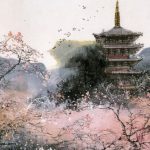The Art of Life Energy
A painting shall contain poetry, and a poem shall contain painting.–Wang Wei
…in Asia: for millennia the artist’s responsibility was to communicate the living energy, the Qi, of what was being painted.
Xie He (Hsieh Ho – 6th century) wrote that a painting should have: Breath – Harmony Life – Movement (Qi-Yun Sheng-Dong – 气韵生动).
Qi, the first character, primarily means “life-force.” For Xie He, qi is in all humans, animals, and plants. It is what grants being to everything in nature, everything in the universe. Yun, the second character, suggests “melodious, elegant, and harmonious.”
Sheng by itself means: “to give birth, grow and live.” Dong by itself means: “physical movement.” Together Sheng-Dong means, “producing the movement of life.”
In other words, there must be a harmonious Qi-Energy resonance between the painter, the act of painting, and what is painted—that is what grants life to a painting. Looking at such art brings the observer into this single unified experience.
Others wrote about this, probably the most important principle of all Chinese aesthetics.
“In painting a scene, when one succeeds in conveying the ch’i [qi] of each form, the result is an expression of the Ch’i that pervades the universe, and to do this, the painter has to transcend the limitations of the eye and delve into the secrets of nature.” Wang Wei (8th century). [Mai-mai Sze, p.40].
“Utilize the charm of qi to accomplish the composition of painting and the form will be implicit.” Zhang Yanyuan.
“Modern [i.e., 9th century] painters rather tend to excel in reproduction of shapes; though they do achieve formal likeness (verisimilitude) yet they are without spirit-resonance (qi-yun)气韵i how could such be called painting?” Zhang Yanyuan.
“It is Vital Energy (Qi) that gives authenticity to the likeness of form and shape of a painting. Without such authenticity the image dies.” Jing Hao
— from https://qi-encyclopedia.com/?article=Qi%20In%20Chinese%20Painting
Xie-He (479-502CE) was a painter, writer, art historian and critic in 6th century China. He is most famous for his “Six points to consider when judging a painting” usually called “The Six Principles of Painting” or… “The Six Canons of Painting”. (It is) taken from the preface to his book “The Record of the Classification of Old Painters” (古画品录). This was written c. 550CE and refers to “old” and “ancient” practices.
The Six Laws of Painting are adapted below:
- Engender spirit resonance in the work. Without finding it in a work, there is no need to look further.
- Use the Bone Method of brush work. (This refers not only to texture and brush stroke, but to the close link between handwriting and personality. In his day, the art of calligraphy was inseparable from painting).
- Correspondence to the Object or the depicting of form, which would include shape and line.
- Suitability to Type or the application of color, including layers, value and tone.
- Division and Planning or placing and arrangement, corresponding to composition, space and depth.
- Transmission by Copying or the copying of models, not only from life but also the works of antiquity. (1, 2)
Above adapted from:
1. Cahill, James F. “The Six Laws and How to Read Them.” Ars Orientalis 4 (1961): 372- 381.
2. https://arts.cultural-china.com/en/62Arts13915.html
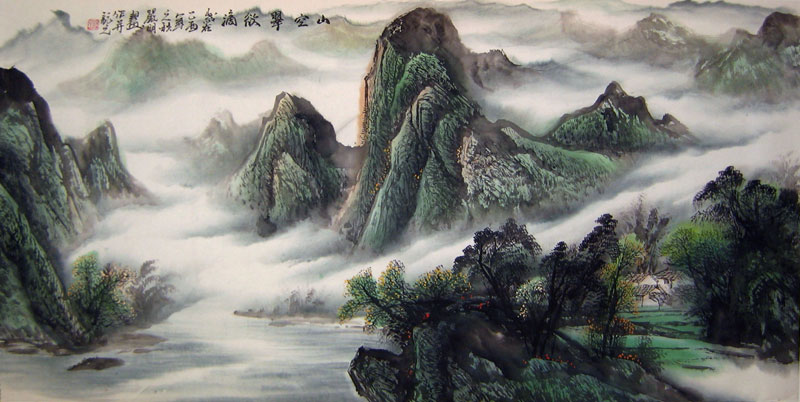
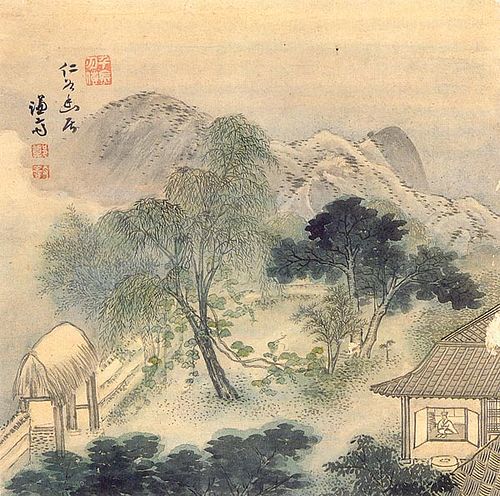
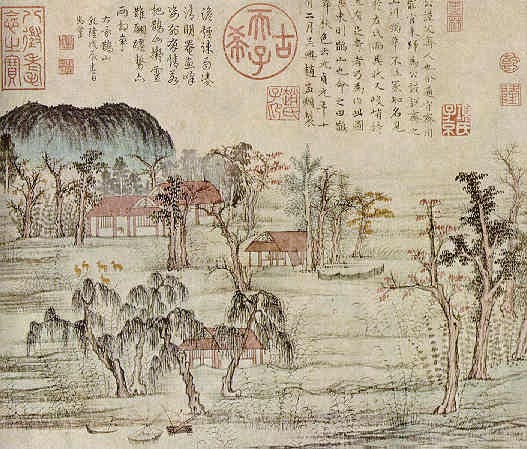
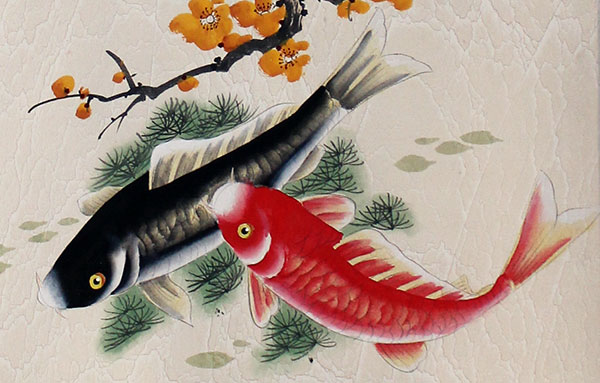
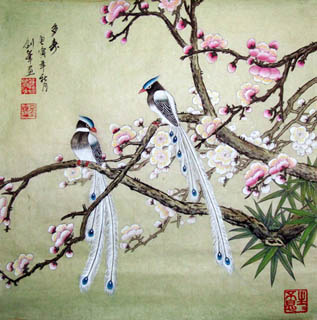
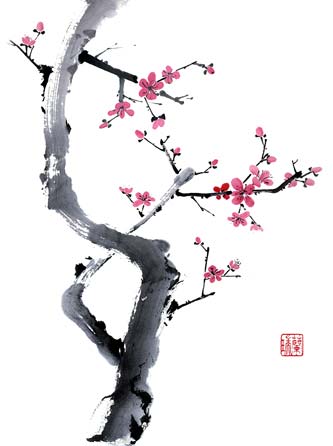

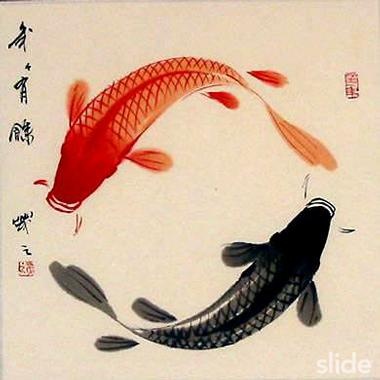

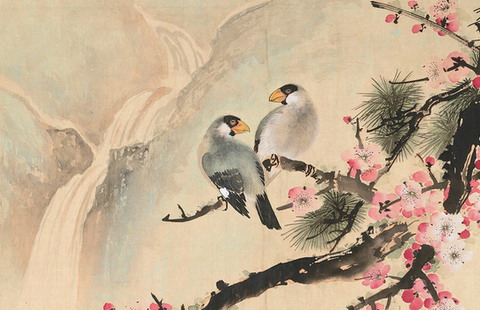
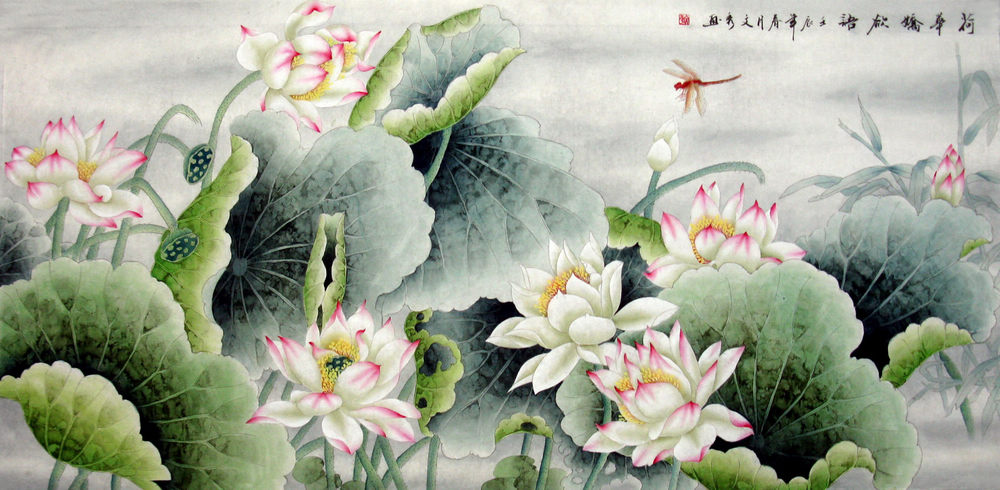

Jeffrey Russell is a practitioner of Chinese Medicine which includes Chinese herbalism and acupuncture. You can contact him at his clinic, Abacus Chinese Medicine, in Louisville, KY at 502 299-8900.
